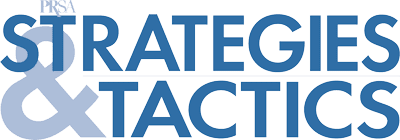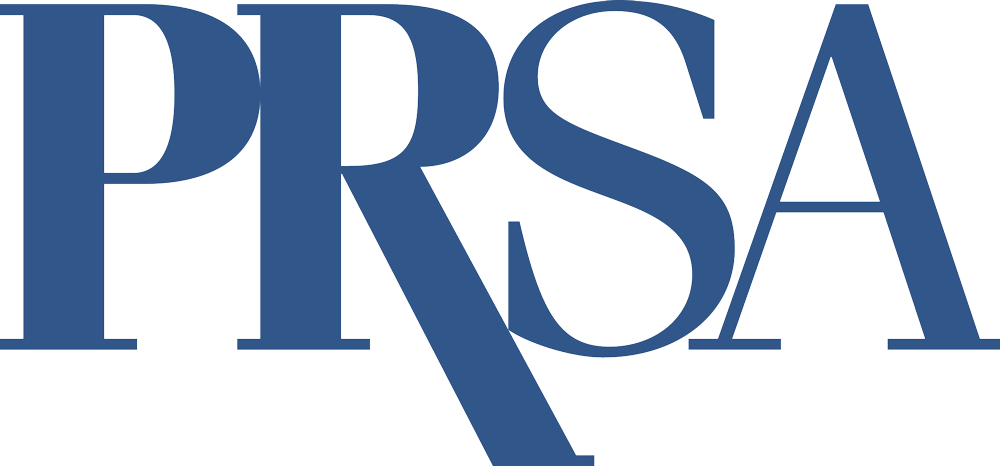Ask, Answer and Assess: Tips for Great Job Interviews
By Christina Withey
January 2025
After spending over a decade leading talent acquisition for PR firms, I’ve learned that great interviews are a combination of art and science. The kinds of questions asked — and the way those questions are answered — can transform a routine meeting into a meaningful, memorable conversation.
Tips for the interviewer
Often, the best hires spring from interviews where you speak the least. Your role as an interviewer is to create space for candidates to reveal their authentic selves. Starting with a simple question such as, “What sparked your interest in this role?” opens the door for a candidate to naturally share their story. Their response to this question may also guide your follow-up questions.
Then, peel the onion! Layer questions strategically, starting with broad inquiries about their experience, and diving deeper into specific situations.
Let’s say you were interviewing a candidate for a crisis communications position, and they were giving you an example of how they approached a crisis in a past role. You might say, “Walk me through the first hour after learning about the crisis.” Their response may reveal insights about their instincts and judgment. This approach is better than a hypothetical query.
Also, remember that there is power in silence. Wait a beat after a candidate answers a question. A pause can prompt them to share more insights that they may have held back initially.
- “Tell me about a time when you disagreed with a client’s approach. How did you handle it?”
- “What’s the toughest piece of feedback you’ve received, and how did it change your work?”
- “Share an example of when you had to influence stakeholders who didn’t report to you.”
As an interviewer, your questions should help candidates shine their brightest. These sample questions invite storytelling and reflection, revealing not only what candidates did, but also how they think and grow.
Tips for the candidate
I have evaluated thousands of PR professionals, and I believe interview success comes from sharing stories that demonstrate your impact. Come into an interview with three or four strong examples ready that highlight different skills, such as media relations, crisis management, client relations and team leadership.
The STAR method (situation, task, action, result) works, so use it, but don’t follow a script. You want your conversation to flow naturally. At the very least, have your key points outlined. Be transparent about your skills and what you’re looking for in your next role. As a candidate, your responses should paint a clear picture of the value you bring.
Your interviewer will be sharing context about their team’s challenges, culture and needs, so when it’s your turn to ask questions, make them count. Your questions should demonstrate that you’ve done your homework and are thinking deeply about how you can contribute to the team’s success. Avoid questions that could be answered by a glance at the company’s website.
- “What’s the team’s biggest challenge right now, and how does this role help address it?”
- “How does this team celebrate wins and learn from setbacks?”
- “What does success look like in this role after six months?”
Lead with authenticity
The most memorable interviews I have conducted weren’t perfect — they were real. Authenticity means being honest about both strengths and growth areas, which fosters trust and helps both parties assess fit accurately. Authenticity doesn’t mean being unprofessional; be genuine while maintaining appropriate boundaries.
Whether you’re asking or answering questions, lead with authenticity, back it up with specific examples and stay curious about the person across the table (or on the other end of the Zoom). Pay attention to nonverbal cues, whether in person or virtual. Are you fully present? Are you actively listening?
If you walk away feeling like you had a refreshing and thought-provoking professional conversation, then it indicates the interview allowed all participants to be authentic.



